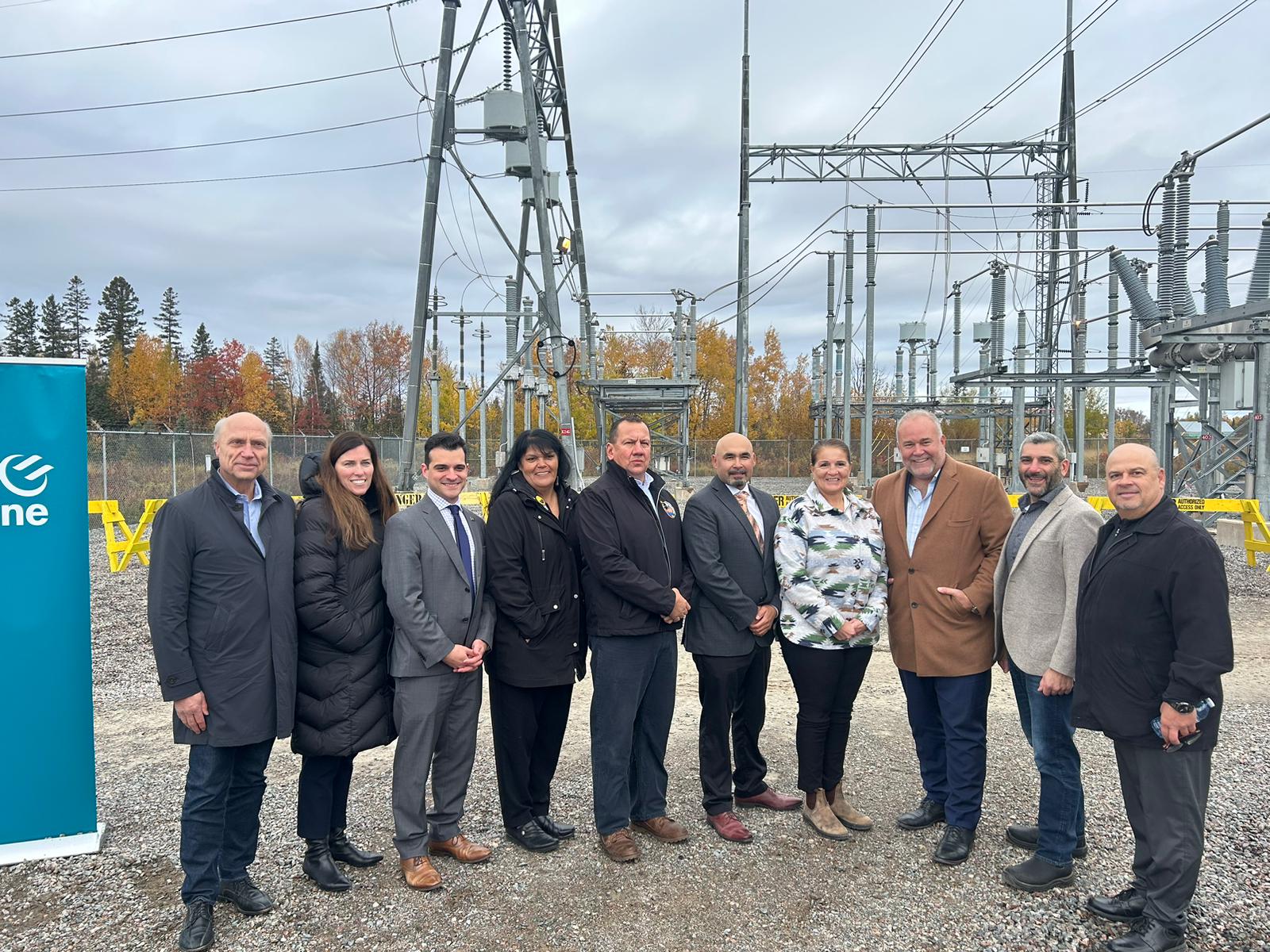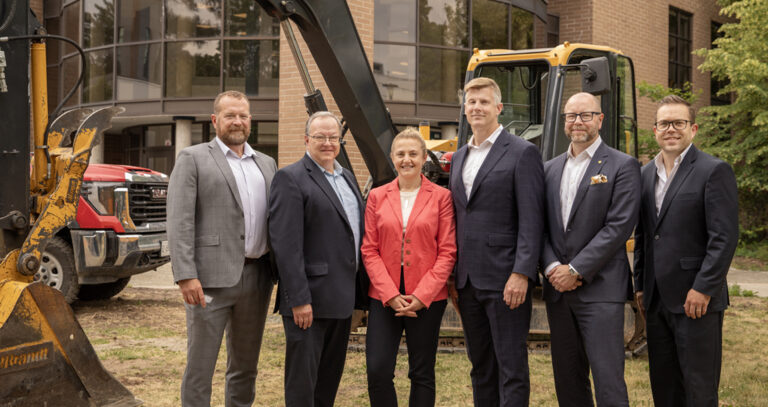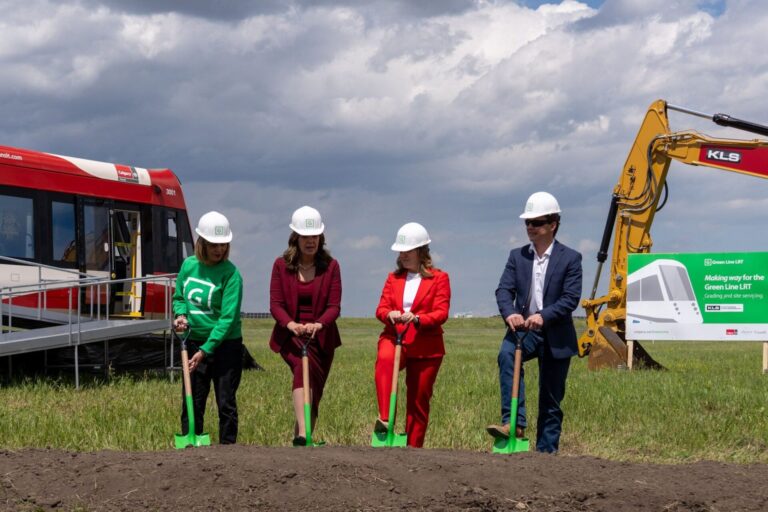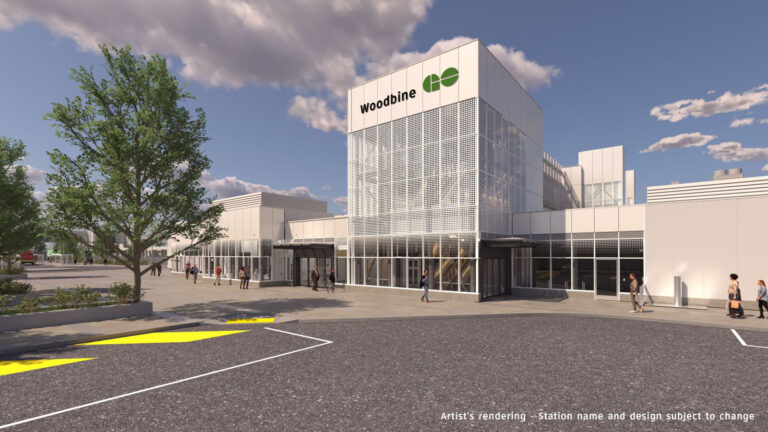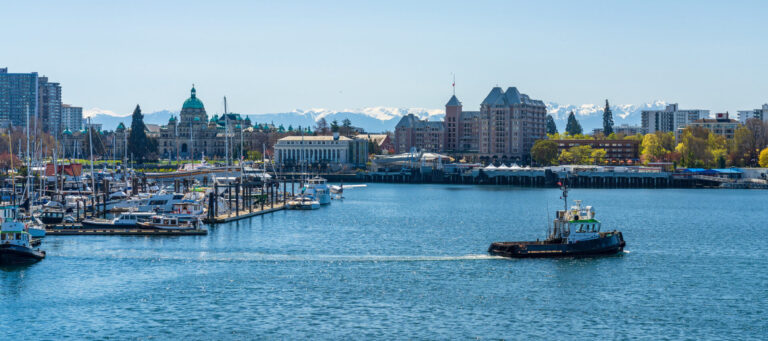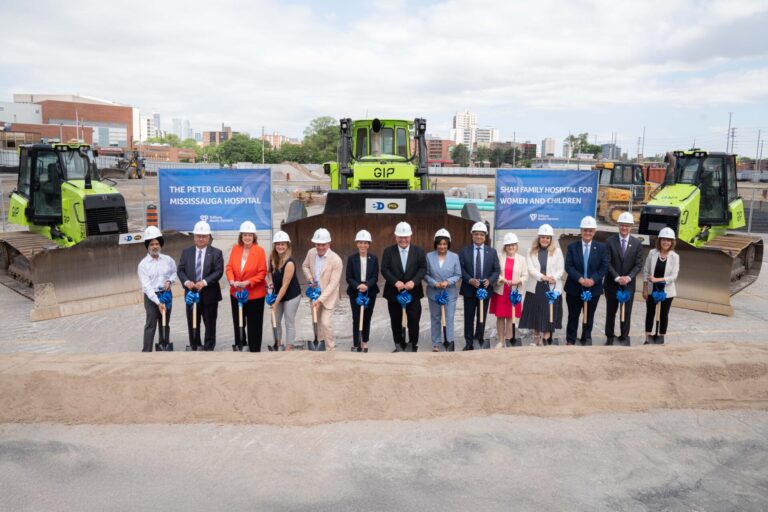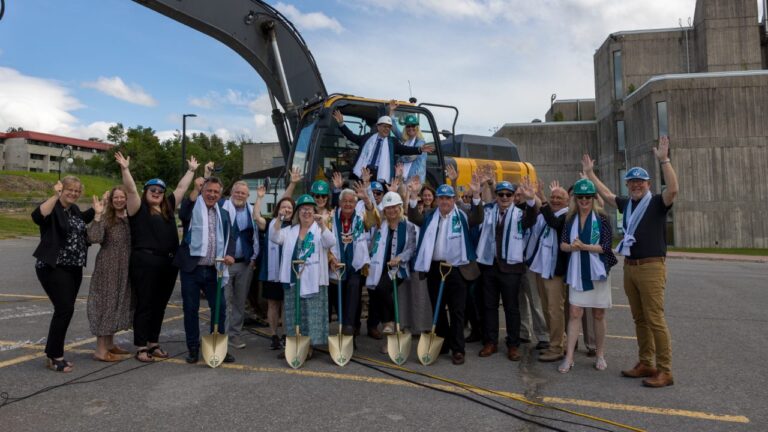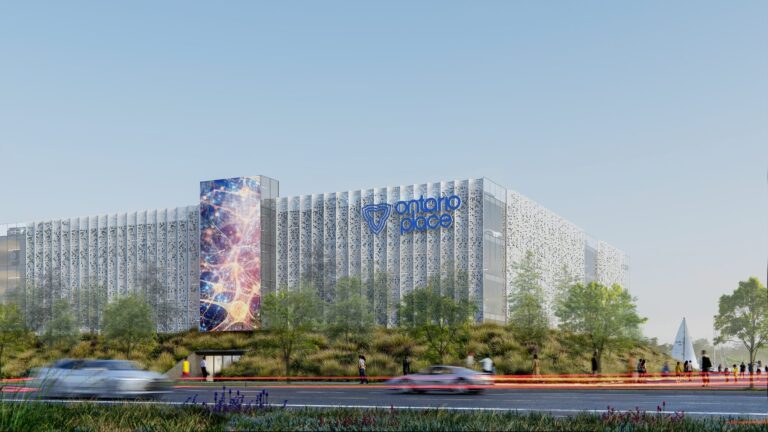The Government of Ontario has directed the Ontario Energy Board to amend Hydro One Networks Inc.’s (Hydro One) transmission license to develop and construct three new priority transmission lines to meet growing electricity demand in northeast and eastern Ontario.
Hydro One and First Nations have been collaborating on early planning and will advance the development and construction phases of the projects together. First Nations have the opportunity to invest in a 50 per cent equity stake in the transmission line component of the projects once complete through Hydro One’s Equity Partnership model. Hydro One looks forward to continuing to work together as partners to support Ontario’s clean energy future.
“Hydro One is pleased to work with Indigenous communities in the region and the government of Ontario to build these critical infrastructure projects that will help unlock Ontario’s clean energy future,” said David Lebeter, president and CEO, Hydro One. “With our long history of building and operating transmission lines in the province, we are confident that our resilient electricity network will enable unprecedented investments in the clean energy value chain, including clean steelmaking, mining, manufacturing and other sectors creating new jobs and driving Ontario’s competitive advantage.”
The three priority transmission projects the government designated today will support capacity constraints and growing electricity demands in sectors including transportation, mining, steel, and manufacturing. The three designated priority projects are:
- The Mississagi to Third Line– an approximately 75 km, 230-kilovolt transmission line between Mississagi Transformer Station (west of Sudbury) and Third Line Transformer Station (Sault Ste. Marie)
- The Hanmer to Mississagi Line– an approximately 205 km, 500-kilovolt transmission line between Hanmer Transformer Station (Greater Sudbury) and Mississagi Transformer Station (west of Sudbury)
- The Greater Toronto Area East Line– an approximately 50 km, 230-kilovolt transmission line between either Cherrywood Transformer Station (Pickering) or Clarington Transformer Station (Oshawa) and Dobbin Transformer Station (Peterborough)
To support the growing electricity demand, the Independent Electricity System Operator (IESO) has recommended that the three new transmission lines come into service no later than 2029.
“Atikameksheng Anishnawbek has always looked to the future as guidepost in our growth and evolution as a community. We are elated that our Sister Nations along the North Shore have worked diligently in concert with us and Hydro One to bring these two transmission lines to fruition. We remain committed to our partnership with Hydro One and we thank them for the future benefits this project will bring to all our communities,” said Gimaa Craig Nootchtai, Atikameksheng Anishnawbek.
“We’re building a made-in-Ontario supply chain that’s connecting the province’s critical minerals and clean steel in the north, to auto makers and battery manufacturers across Ontario,” said Todd Smith, Minister of Energy. “These three new transmission lines will power that vision, helping to electrify Algoma Steel’s conversion to electric arc furnace as well as new homes, critical mineral development, and other job creators in northeast and eastern Ontario.”
“Sault Ste. Marie is well-positioned for economic progress and population increases in the coming years,” said Matthew Shoemaker, Mayor, Sault Ste. Marie. “The designation of the transmission lines to Hydro One, from Sault Ste. Marie to Sudbury, with local First Nation partners, will help both decarbonize our local industries and make future job-creating investments in our region possible. This announcement represents badly needed progress, and I look forward to future projects supporting Sault Ste. Marie and all of Northern Ontario.”
Featured image: (Government of Ontario)

